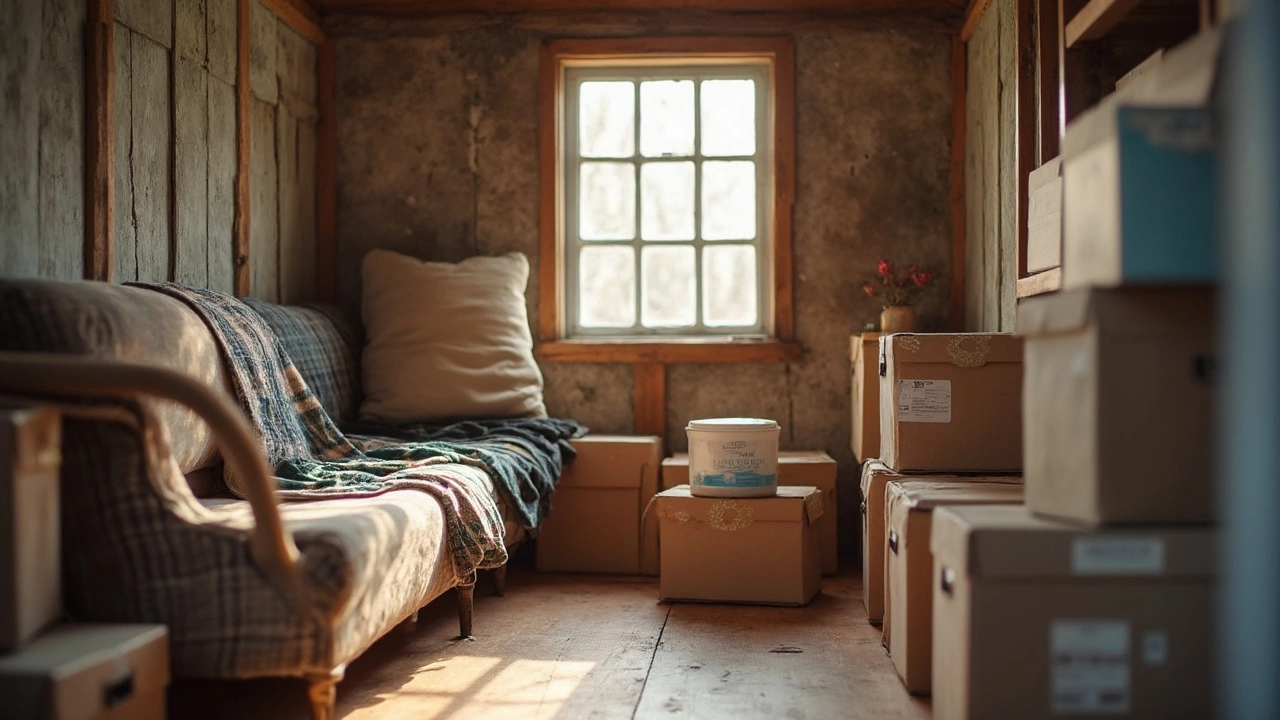Best Dehumidifier Guide – What to Look For and Top Picks
If you’re tired of clammy rooms, moldy walls, or stuffy basements, a dehumidifier can change the game. It pulls excess moisture out of the air so you breathe easier and your furniture lasts longer. But not every unit is created equal. Below you’ll find the key things to consider, plus a quick rundown of the best models on the market right now.
Key Features That Matter
Capacity – Measured in pints per 24 hours, this tells you how much water the unit can remove. Small bedrooms need 20‑30 pint models, while large basements often require 50 pint or more.
Energy Efficiency – Look for Energy Star labels. An efficient unit will cost less to run and produce less noise.
Automatic Controls – Humidistats let you set a target humidity level (usually 45‑55%). The unit then turns on and off by itself, keeping the room steady without you having to watch.
Drain Options – Some models have a built‑in pump that pushes water up to a sink, while others rely on a removable bucket. Choose what fits your space best.
Portability – Wheels and handles make it easy to move the unit from room to room. If you need a flexible solution, look for lighter models.
Top Picks for Different Needs
Best Overall – The EcoAir 50‑Pint pulls 50 pints per day, has an Energy Star rating, and includes a built‑in pump. It’s quiet, easy to set, and works in basements up to 1,500 sq ft.
Best for Small Spaces – The PureDry 20‑Pint Compact fits on a nightstand, runs on a 120‑V plug, and automatically shuts off when the bucket is full. Perfect for bedrooms or closets.
Best Budget – The AirFlow 30‑Pint offers solid performance for under $150. It lacks a pump but has a flexible hose for direct draining.
Best Energy Saver – The GreenTech Eco‑Smart uses a dual‑stage compressor to cut power draw by up to 40 % while still handling 40 pints per day.
When you pick a model, match the capacity to the room size, check the energy label, and think about how you’ll empty the water. Most units are simple: plug them in, set the humidity level, and let them do the work.
Maintenance is easy too. Clean the filter every few weeks and wipe the water bucket regularly to avoid mold. If you have a pump model, run the pump a few seconds each month to keep it from seizing.
Finally, remember that a dehumidifier is only part of the solution. Good ventilation, fixing leaks, and using exhaust fans in bathrooms will keep humidity low and your home healthier.
Ready to beat the damp? Pick the right capacity, go for Energy Star, and you’ll enjoy a drier, fresher home without breaking the bank.
Best Moisture Absorber for Storage Units: What Actually Works?
Worried about humidity ruining your stuff in a storage unit? This article breaks down the most effective moisture absorbers to keep your belongings safe from mold, mildew, and odors. See which products actually work, what to avoid, and a few tricks that most people forget. Whether you're storing old furniture or winter clothes, this guide helps you choose the right solution the first time. Save time, cash, and headaches by getting the facts upfront.
More
